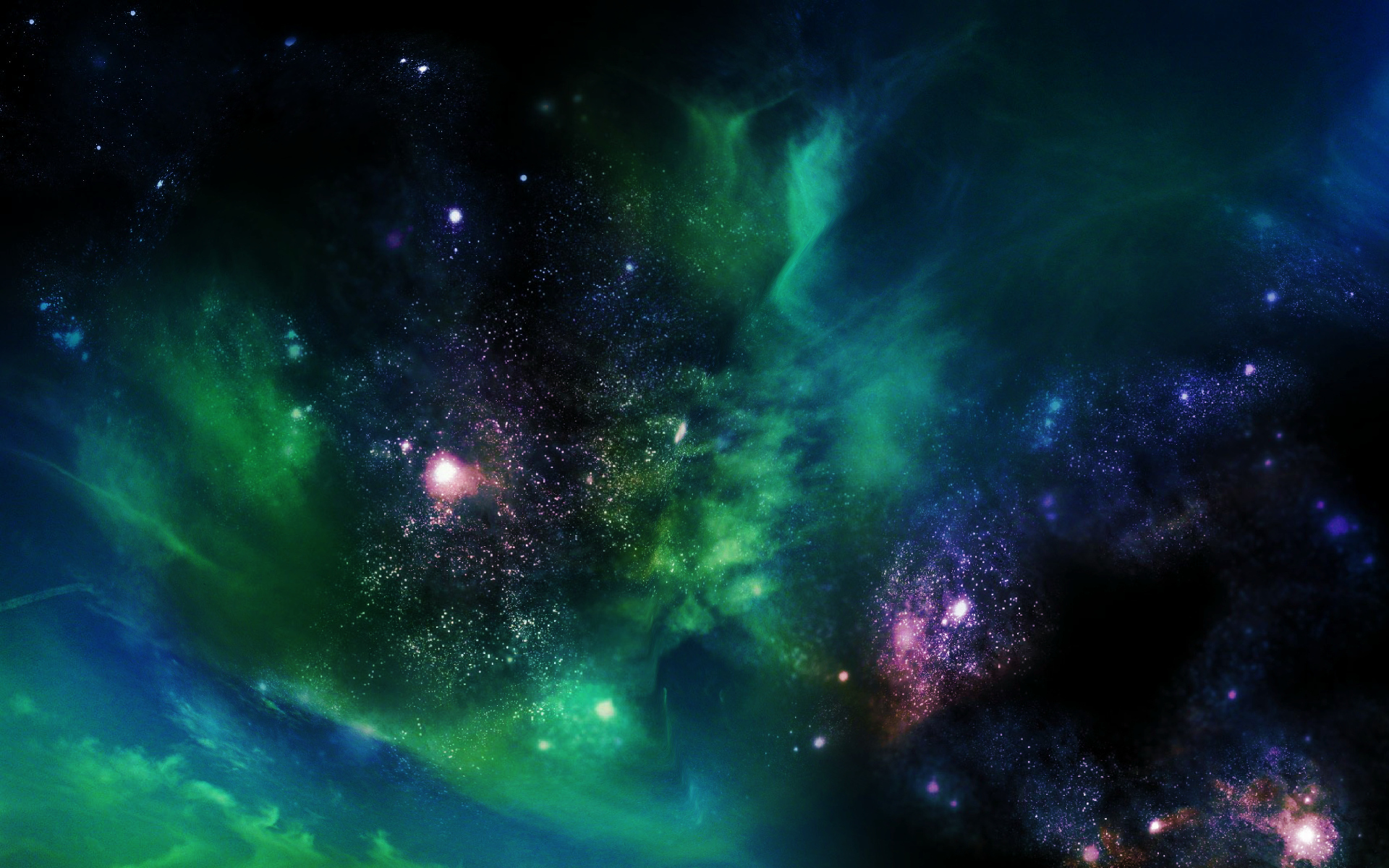
The planet, WASP-121b, is some 900 light-years away in the constellation Puppis. The team has now probed deep inside Tylos's atmosphere and revealed distinct winds in separate layers, forming a map of the atmosphere's 3D structure.

Although the map covers just a fraction of the organ—a whole brain is a million times larger—that piece contains roughly 57,000 cells, about 230 millimeters of blood vessels, and nearly 150 million synapses.

Hundreds of scientists from about 30 institutions worldwide have published the largest-ever 3D map of the Universe, the result of an analysis of more than 4 million galaxies and ultra-bright, energy-packed quasars.

Using high-precision cameras mounted to an aerial drone researchers from Scotland captured the volcano in hundreds of aerial photographs to later create a 3D map of the volcano’s surface.

Astronomers from Lancaster University have modeled conditions during the earliest moments of the cosmos.

Aircraft equipped with futuristic laser scanners are to map the entirety of England in 3D to help combat flooding, cut down on fly-tipping and uncover long-lost roads.

The European Space Agency is set to unveil a three-dimensional map of a billion stars in our galaxy that is 1,000 times more complete than anything existing today.

Astronomers have used visual data from nearly a million luminous galaxies for the most accurate calculation yet of how matter clumps together in the universe. By deriving cosmic rulers from an immense volume of sky, from a time when the universe was half its present age until now, the study establishes how much dark matter, dark energy, and even hard-to-detect neutrinos it contains.

(PhysOrg.com) -- For the first time, scientists have developed a method for generating accurate three-dimensional models of the entire DNA strand of a cell, known as a genome.